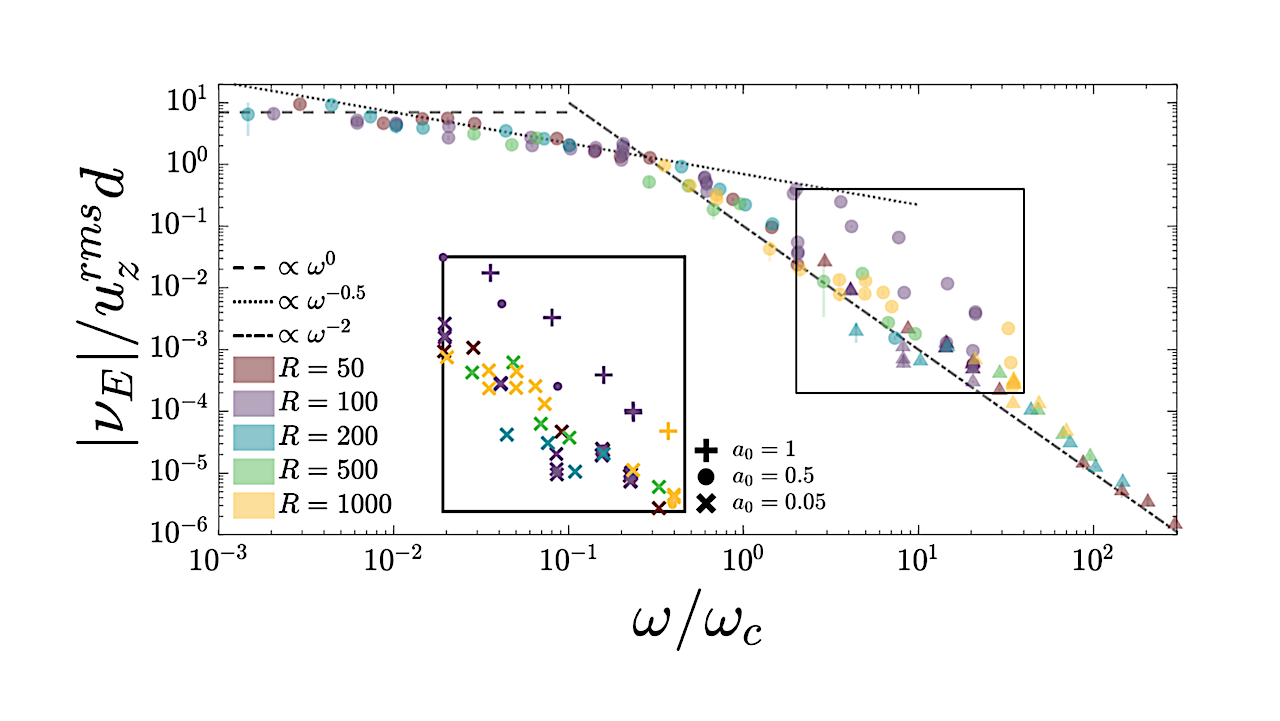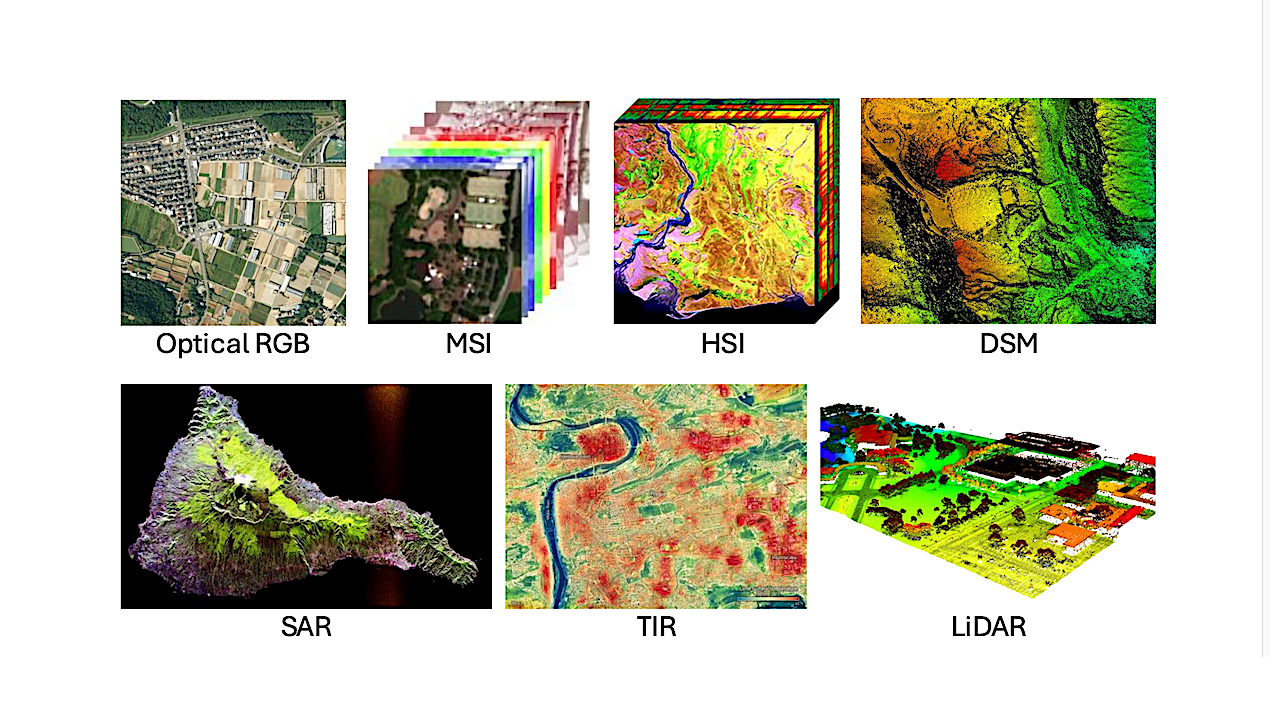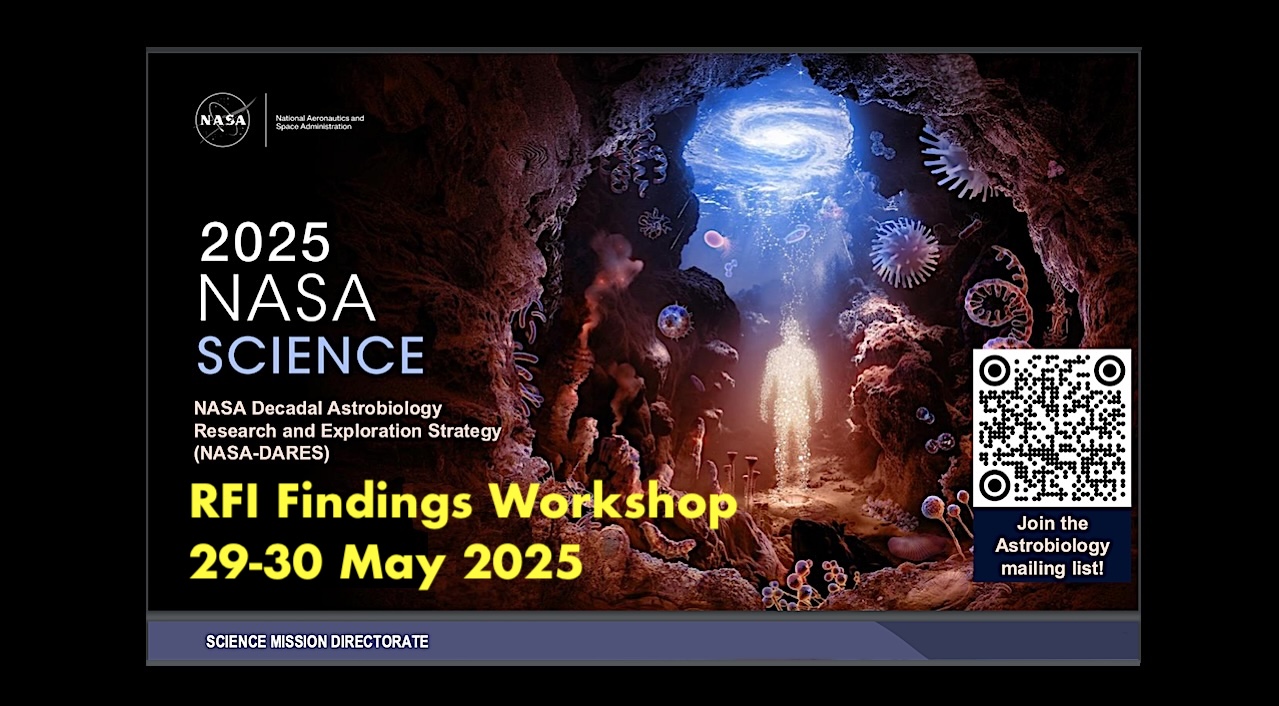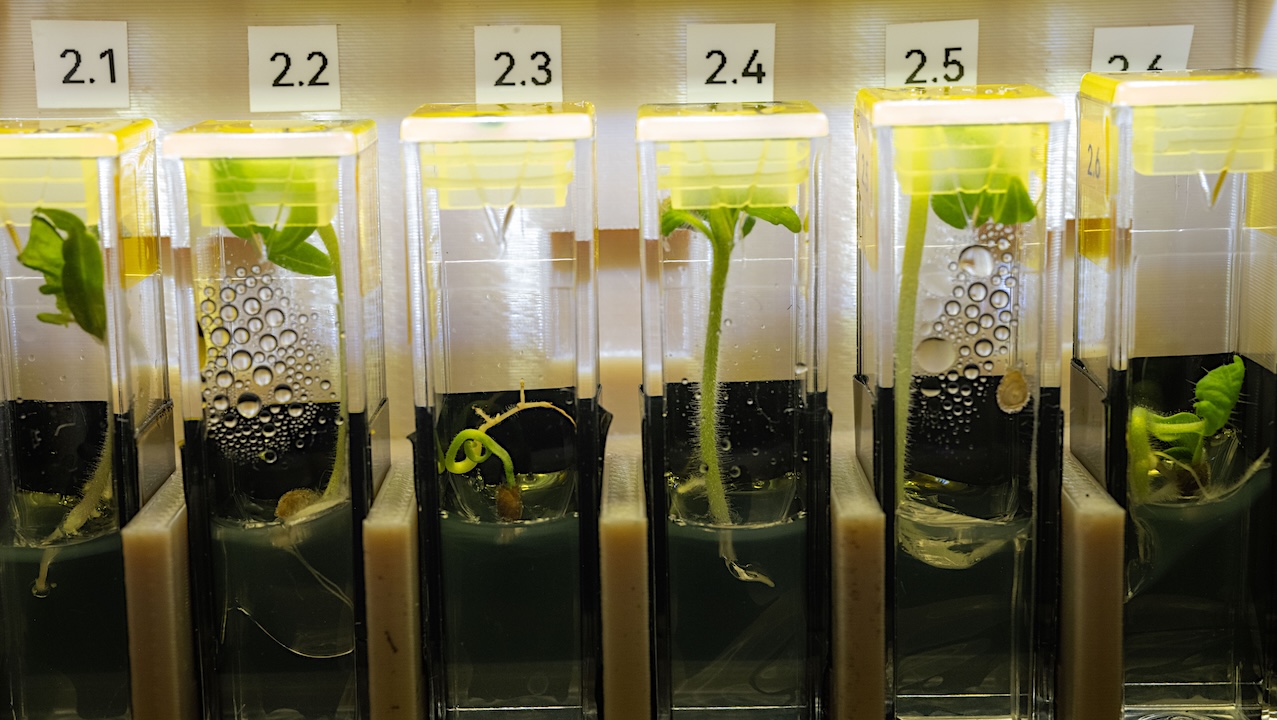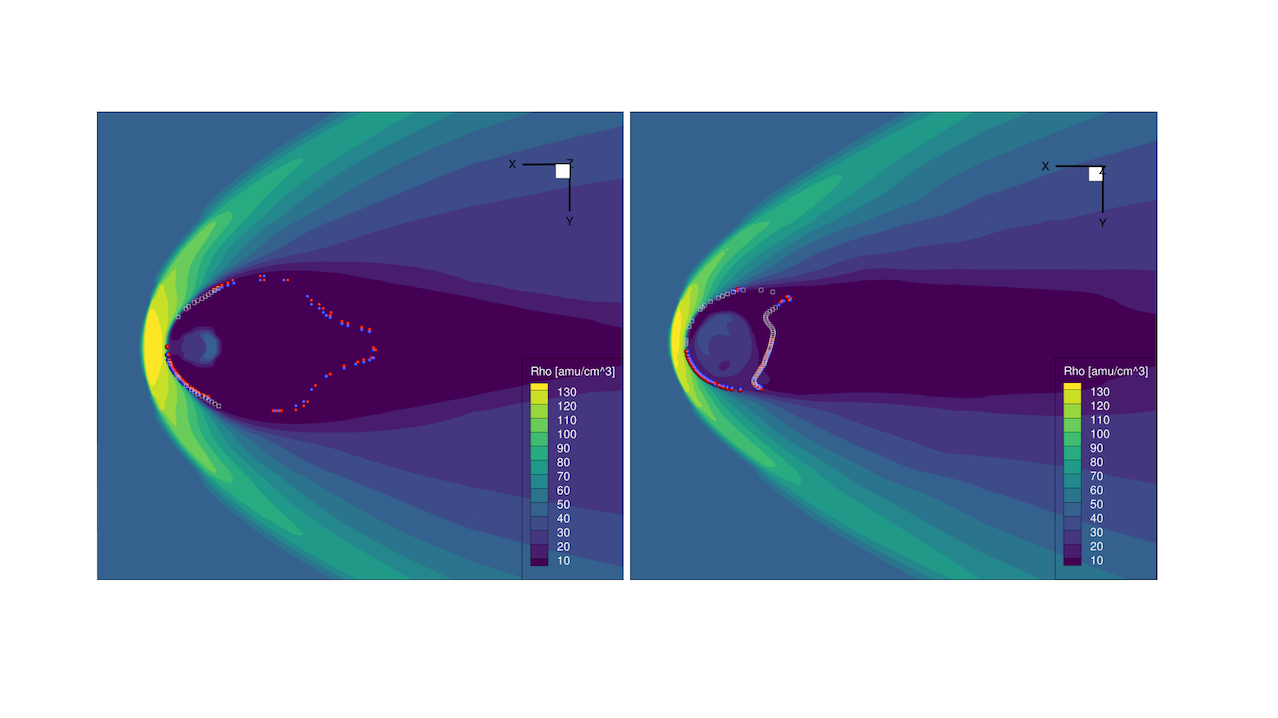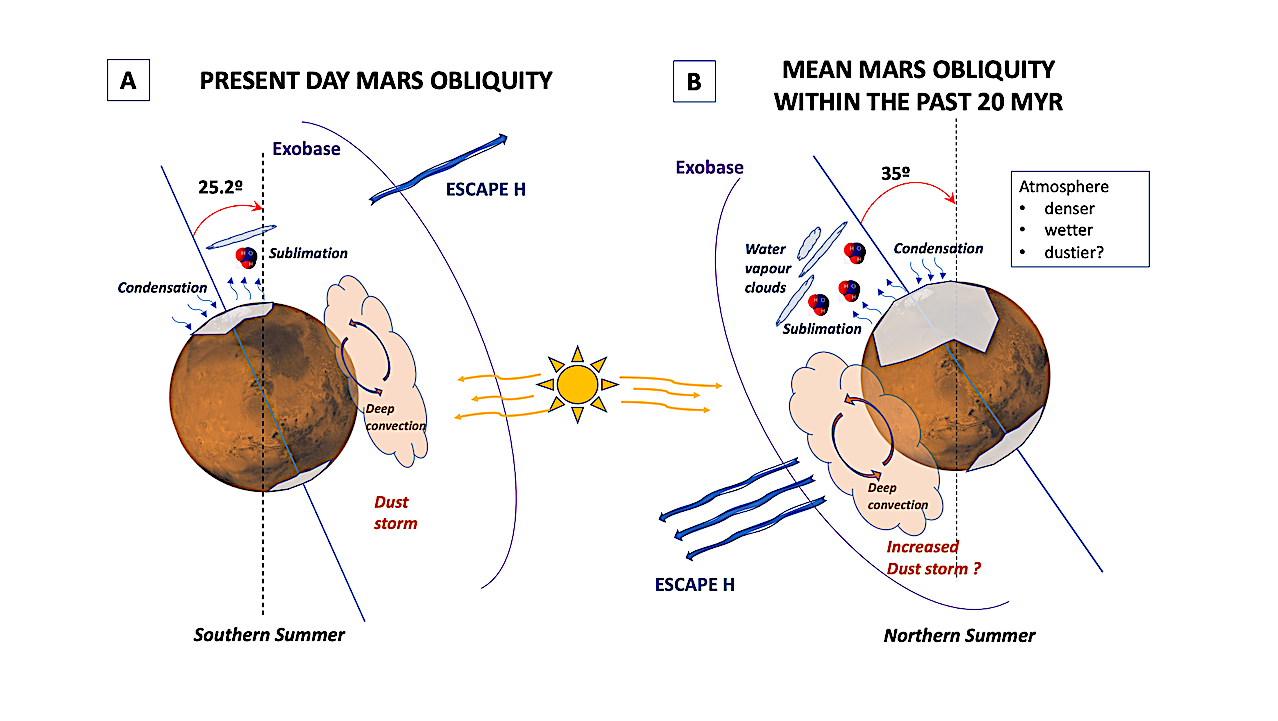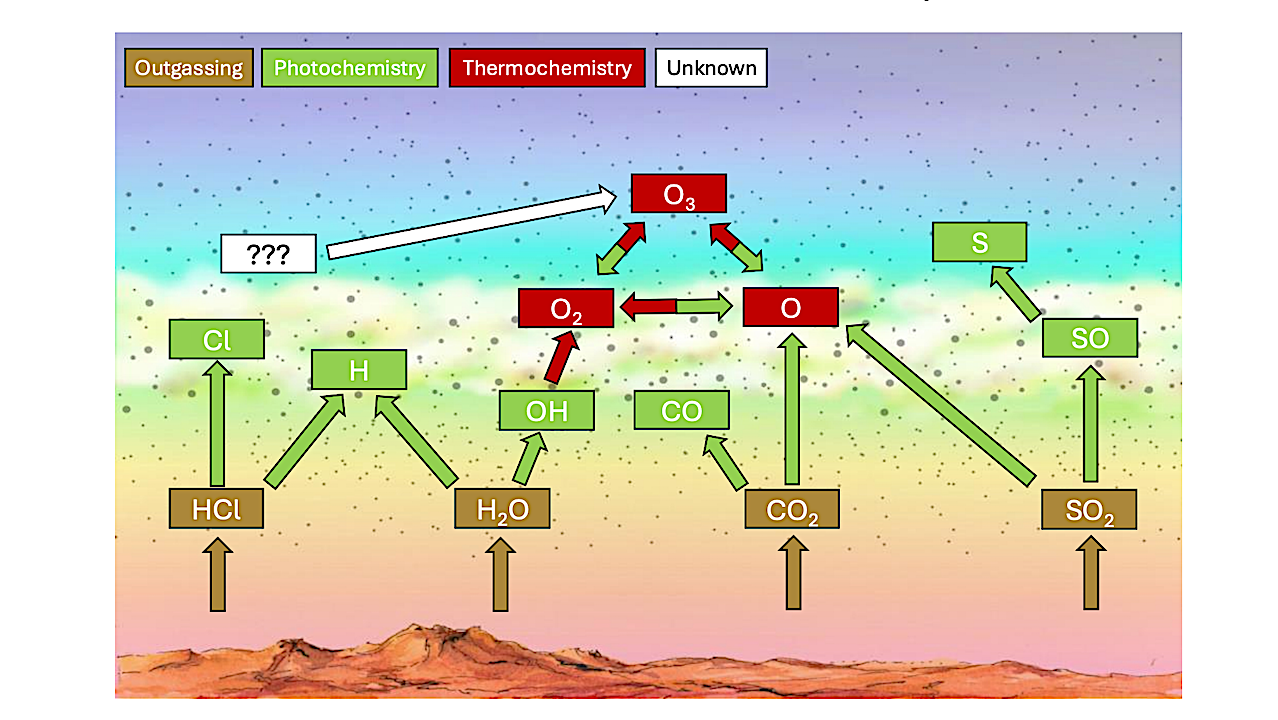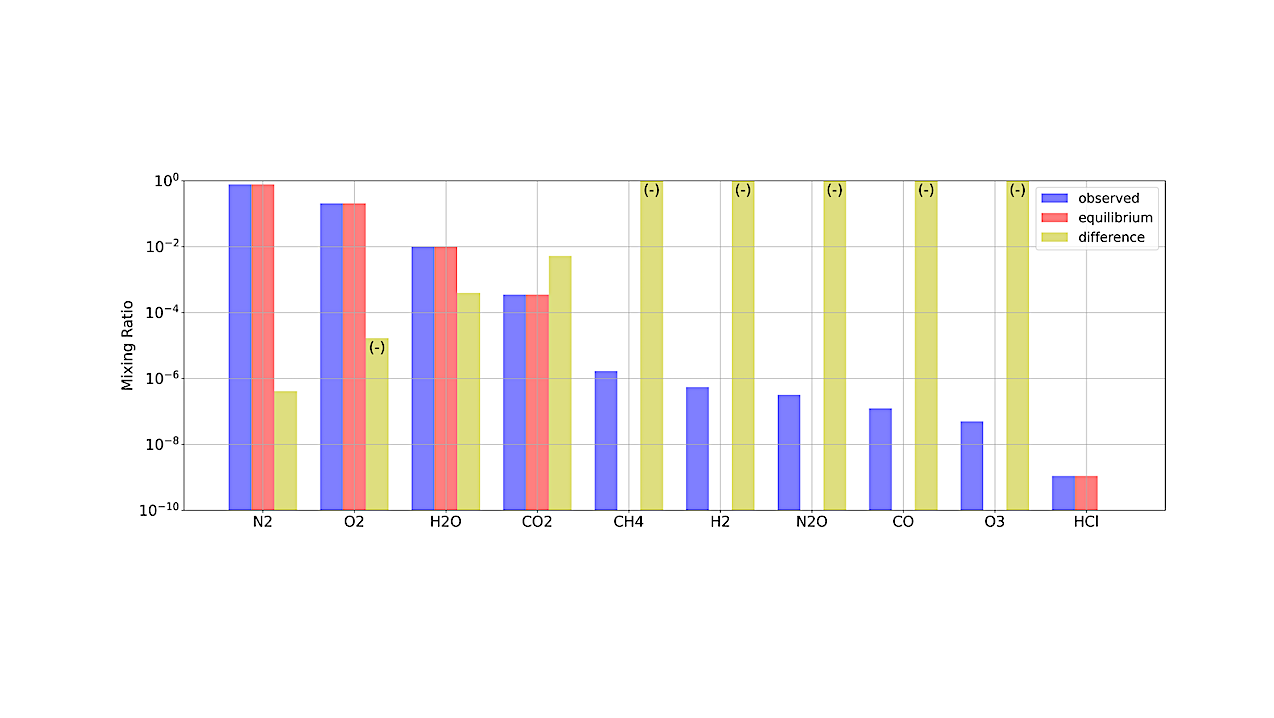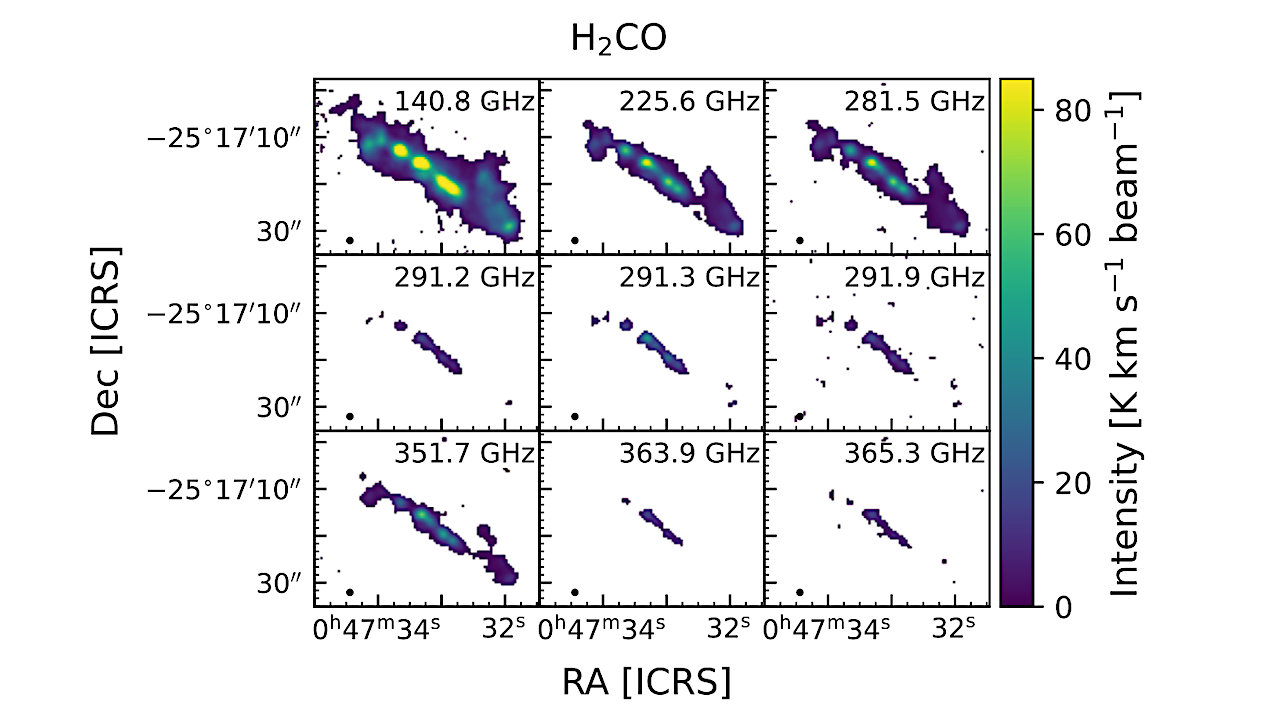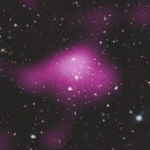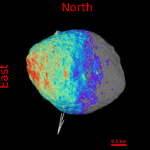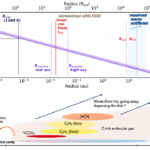Open Science At NASA DARES Alignment · Primary Topic: Identify Emerging Themes and Technologies· Secondary Topic(s): Review Recent Advancements, Strengthen Community Motivation Astrobiology, perhaps more than any other field, is
Astrobiology108- Page
Exoplanetology: Exoplanets & Exomoons Status Report astro-ph.EP May 24, 2025 Effective (turbulent) viscosity (normalised by a measure of uclc) as a function of the ratio of tidal to convective frequencies
Example of different Remote Sensing modalities. — cs.CV Remote Sensing (RS) is a crucial technology for observing, monitoring, and interpreting our planet, with broad applications across geoscience, economics, humanitarian fields,
NASA-DARES 2005 RFI Workshop NASA Update: Attached (below) you’ll find a detailed agenda outlining two full days of discussions aimed at refining the NASA-DARES research and exploration Focus Areas, which
Larger image iss073e0031528 (May 15, 2025) — Date Created:2025-05-15 Genetically modified, extemely dwarf tomato plants are pictured growing inside specialized research hardware, called Rhodium BioCuvettes, aboard the International Space Station’s
The location of magnetic nulls and separators for right- a tidally locked planet, and left- a fast-rotating planet (10 hours rotation period). The scale and size of Earth’s magnetosphere are
Sketch showing processes leading to larger H-loss in the past 20 million years (Myr). — astro-ph.EP IMAGE Caption: Sketch showing processes leading to larger H-loss in the past 20 million
Schematic showing some of the major chemical cycles involved in ozone (O3) formation in Venus’s atmosphere. The major H, S and Cl bearing species are outgassed from Venus’s surface. These
A modern Earth thermodynamic calculation using the Gibbs free energy thermodynamics model. Each species included in the calculation is listed along the bottom with their respective mixing ratios on the
Moment-0 maps for all H2CO with transitions listed in Table 2. with 3σ clipping. Black circle in bottom left corner represents the ALCHEMI 1.′′6/28 pc beam. — astro-ph.GA Formaldehyde (H2CO)
-
 012024 in Review: Highlights from NASA in Silicon Valley
012024 in Review: Highlights from NASA in Silicon Valley -
 02Panasonic Leica Summilux DG 15mm f/1.7 ASPH review
02Panasonic Leica Summilux DG 15mm f/1.7 ASPH review -
 03How New NASA, India Earth Satellite NISAR Will See Earth
03How New NASA, India Earth Satellite NISAR Will See Earth -
 04And Thus Begins A New Year For Life On Earth
04And Thus Begins A New Year For Life On Earth -
 05Astronomy Activation Ambassadors: A New Era
05Astronomy Activation Ambassadors: A New Era -
06SpaceX launch surge helps set new global launch record in 2024
-
 07Space Force plans new ‘Futures Command’ amid pressure to speed up modernization
07Space Force plans new ‘Futures Command’ amid pressure to speed up modernization



